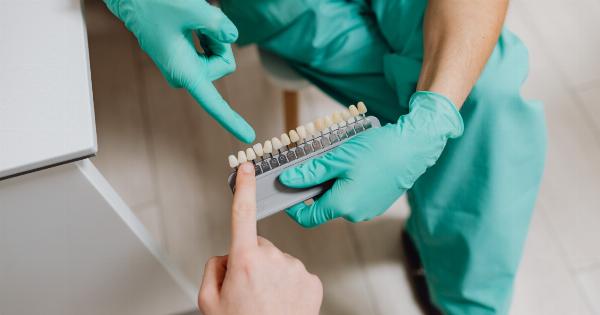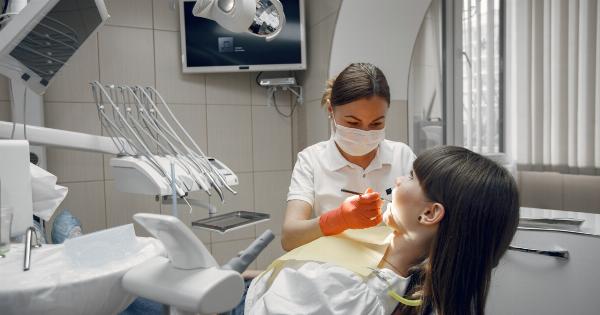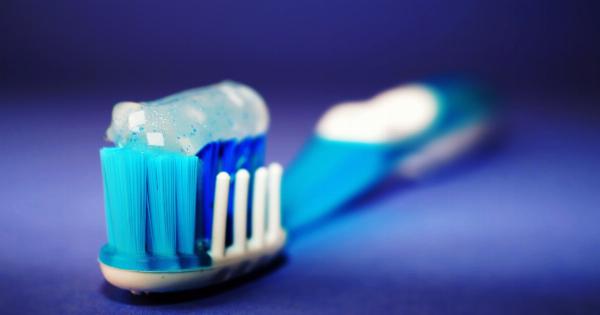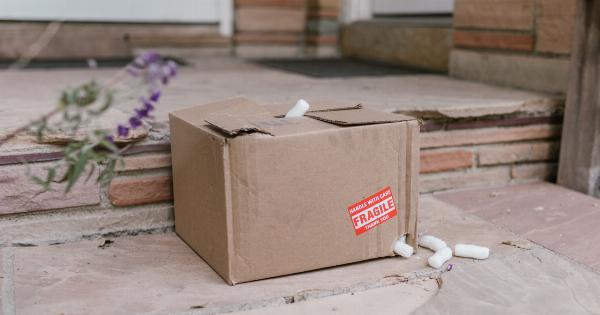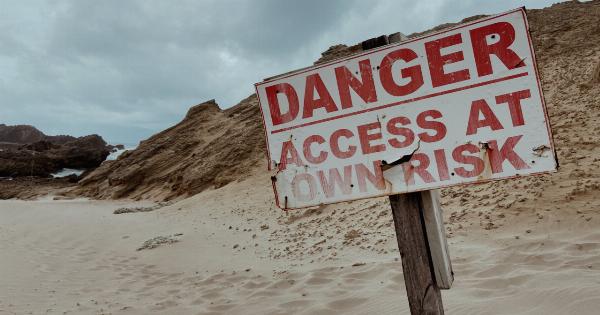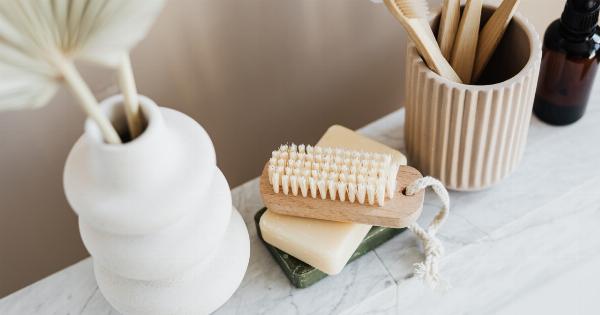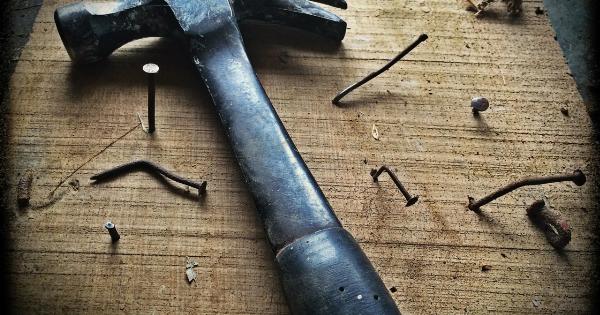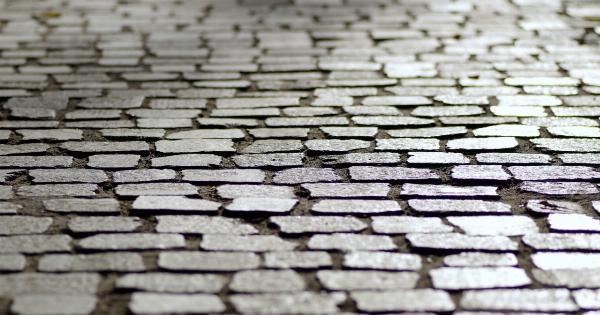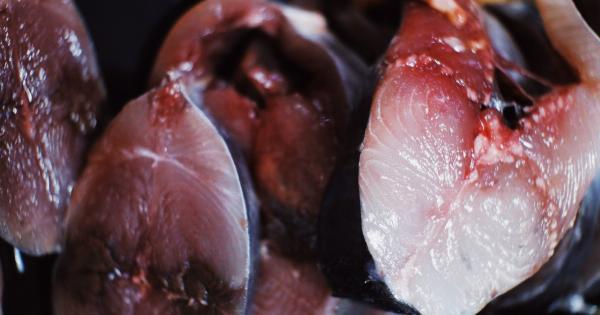When it comes to dental emergencies, knowing what to do in a stressful situation can make all the difference.
Whether you’re dealing with a severe toothache, a broken tooth, or a knocked-out tooth, it’s important to take immediate action to minimize pain and prevent further damage. This survival guide will walk you through the essential steps to handle common dental emergencies until you can see a dentist.
1. Severe Toothache
A severe toothache can be debilitating, causing immense pain and discomfort. Start by rinsing your mouth with warm water and gently floss around the affected tooth to remove any food particles that might be causing the pain.
If the toothache persists, avoid aspirin directly on the gums as it may burn the tissue. Instead, take an over-the-counter pain reliever recommended for dental pain and schedule an emergency appointment with your dentist.
2. Broken Tooth
If you break a tooth, gather any broken pieces as they might be reattached by a dentist. Rinse your mouth with warm water to clean the area and apply a cold compress to reduce swelling.
Visit an emergency dentist immediately to evaluate the extent of the damage and provide necessary treatment, such as bonding or dental crowns.
3. Knocked-Out Tooth
A knocked-out tooth is a dental emergency that requires immediate action to save the tooth. Handle the tooth carefully by the crown, avoiding touching the roots. Rinse the tooth gently with water to remove any dirt but avoid scrubbing or using soap.
If possible, try to place the tooth back into its socket and hold it in place by biting on a clean gauze or cloth. If reinsertion is not possible, store the tooth in a container of milk or your saliva and bring it to an emergency dentist within 30 minutes for a chance to reattach it.
4. Lost Filling or Crown
If you lose a filling or crown, it’s essential to see a dentist as soon as possible. In the meantime, you can temporarily cover the exposed area with dental cement, which can be found at most pharmacies.
Avoid using glue or other adhesives as they can cause further damage. Your dentist will be able to professionally replace the lost filling or crown and ensure no underlying issues are present.
5. Object Stuck Between Teeth
When an object gets stuck between your teeth, it can be uncomfortable or even painful. Gently try to remove the object using dental floss, being careful not to use sharp objects that could damage your gums or teeth.
If you can’t remove it, contact your dentist for assistance. It’s imperative not to ignore objects stuck between your teeth as they can lead to infection or further complications.
6. Abscessed Tooth
An abscessed tooth is a serious condition that requires immediate attention. It occurs as a result of an infection, often causing severe throbbing pain and facial swelling. Rinse your mouth with mild saltwater to help alleviate pain and draw out any pus.
Contact your dentist immediately to receive appropriate treatment, which may include antibiotics or a root canal.
7. Soft Tissue Injuries
If you injure your gums, lips, tongue, or cheeks, rinse your mouth with mild saltwater to clean the area and control bleeding. Apply a moistened gauze or tea bag to the injured area to help stop bleeding.
If the bleeding persists or the injury is severe, seek immediate dental or medical attention to assess the damage and receive appropriate treatment.
8. Jaw Fracture
If you suspect a jaw fracture, secure your jaw in place using a scarf, tie, or towel and visit the emergency room immediately. Applying a cold compress to your face can help reduce swelling.
Do not try to realign the jaw on your own, as it can cause further damage. A medical professional will be able to diagnose the fracture and provide necessary treatment.
9. Partially Dislodged Tooth
If a tooth is partially dislodged or pushed out of position, seek immediate dental attention. In the meantime, you can carefully try to push the tooth back into its original position using very light finger pressure.
Bite down gently to keep the tooth in place until you receive professional dental care. Ignoring a partially dislodged tooth can lead to irreversible damage or complete tooth loss.
10. Painful Orthodontic Issues
If you have braces or other orthodontic appliances, it’s not uncommon to experience discomfort or minor injuries. Applying wax over any protruding wires or brackets can help provide temporary relief.
If a wire is causing extreme pain or has become embedded in your cheek or tongue, seek immediate assistance from your orthodontist to avoid further damage or infection.
